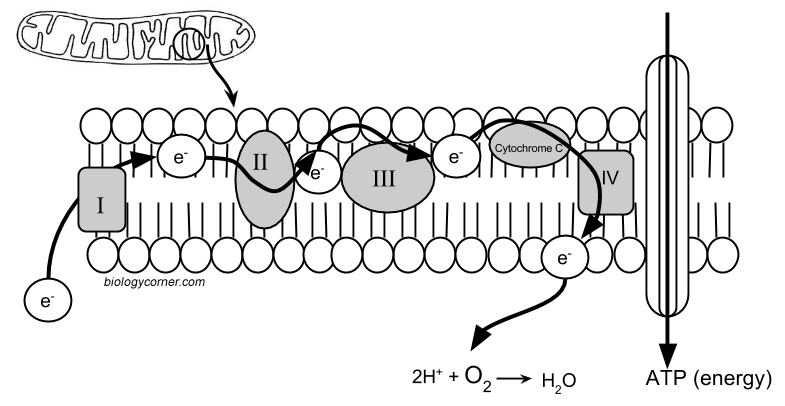This case focuses on a real event that happened in 1982 where several people were poisoned by taking Tylenol that had been laced with cyanide. Students investigate how cyanide interferes with the mitochondria’s ability to create cellular energy.
The worksheet includes a detailed model of the mitochondrion showing the electron transport chain and how cyanide interferes with the last protein in the chain, cytochrome c. The activity also provides students with an answer to the question of why we need oxygen and oxygen’s important role in cellular respiration.

Teachers can print the document and/or use a Slide presentation to create a more instructor-led activity. The activity was designed for AP Biology students but can be used with basic biology if the instructor provides additional guidance.
Grade Level: 9-12 | Time Required 1 hr
HS-LS1-7 Use a model to illustrate that cellular respiration is a chemical process whereby the bonds of food molecules and oxygen molecules are broken and the bonds in new compounds are formed resulting in a net transfer of energy.

